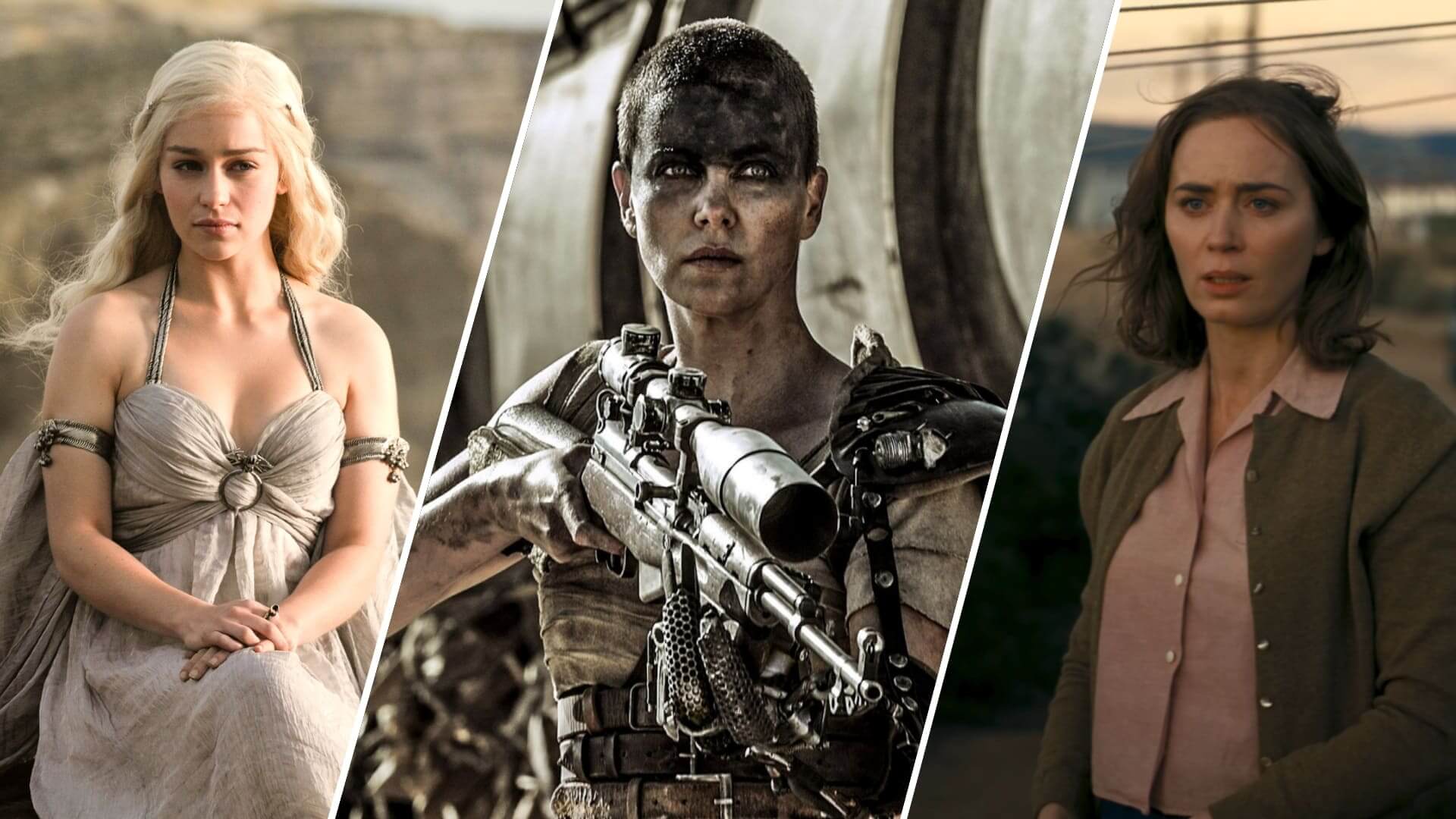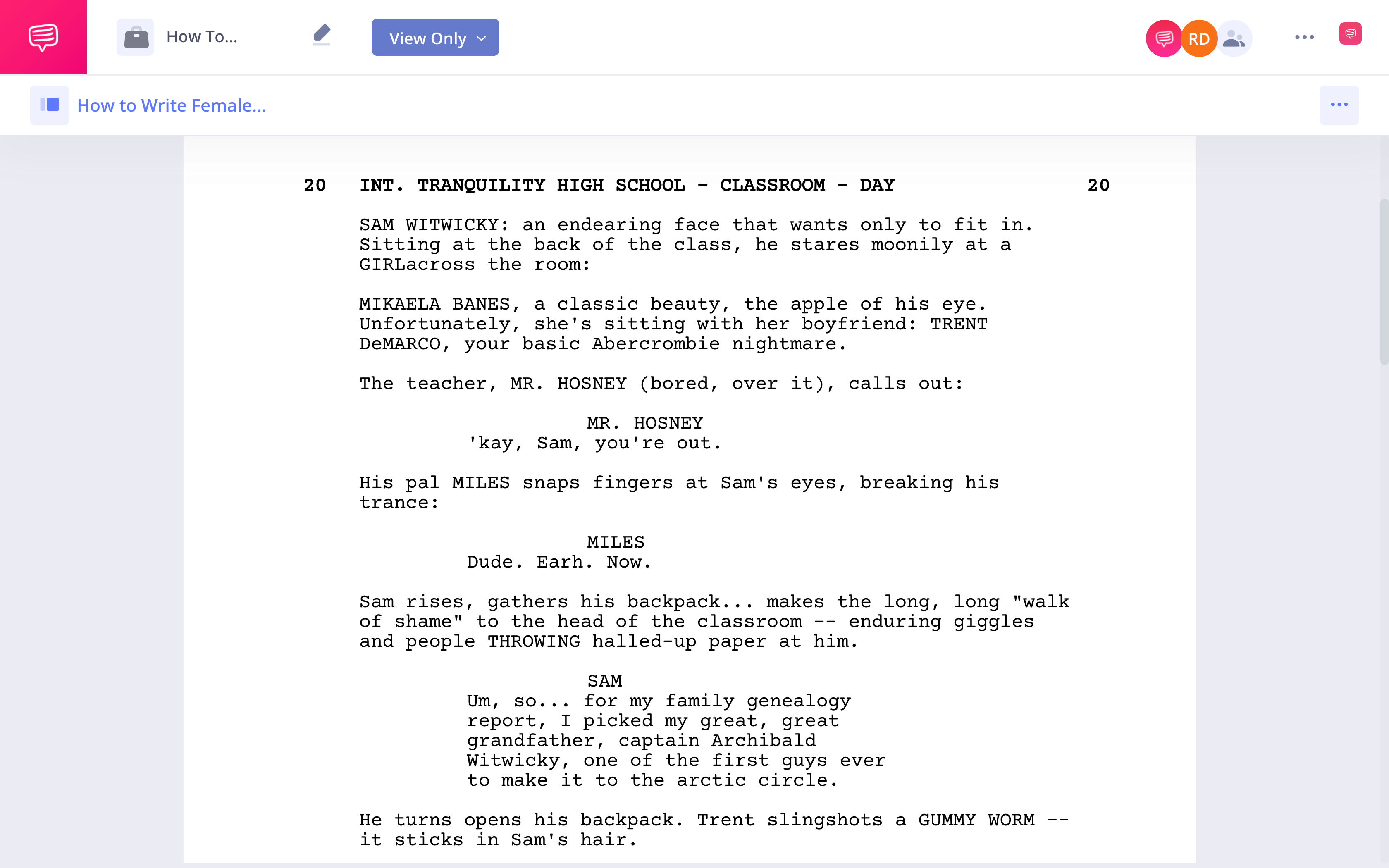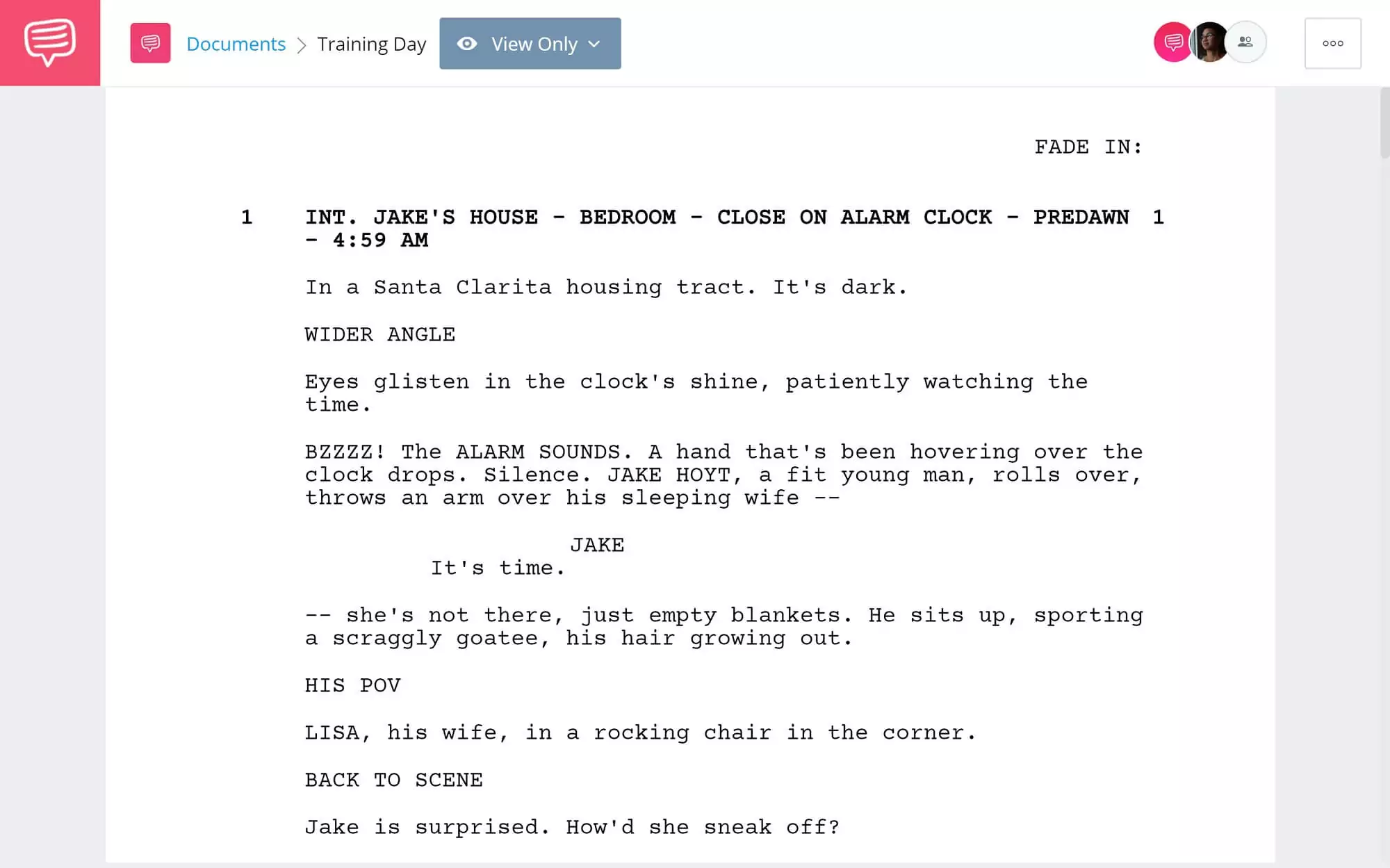Centuries of literature, film, and television written by male writers have often been guilty of employing one-dimensional female character tropes (the “damsel in distress,” the “nagging wife”). But pop culture’s attempts to write more modern female characters often only result in new stereotypes. So, what should we think about when we consider how to write female characters? In this post, we’re going to look at applying the general principles of good character design to female characters — while mapping out tropes to avoid.
How to Write Female Characters
Let there be flaws
Interesting, compelling, complex, multifaceted, layered, contradictory, and simply, well-written. These are all terms that describe good characters. Well, specifically, they describe round characters.
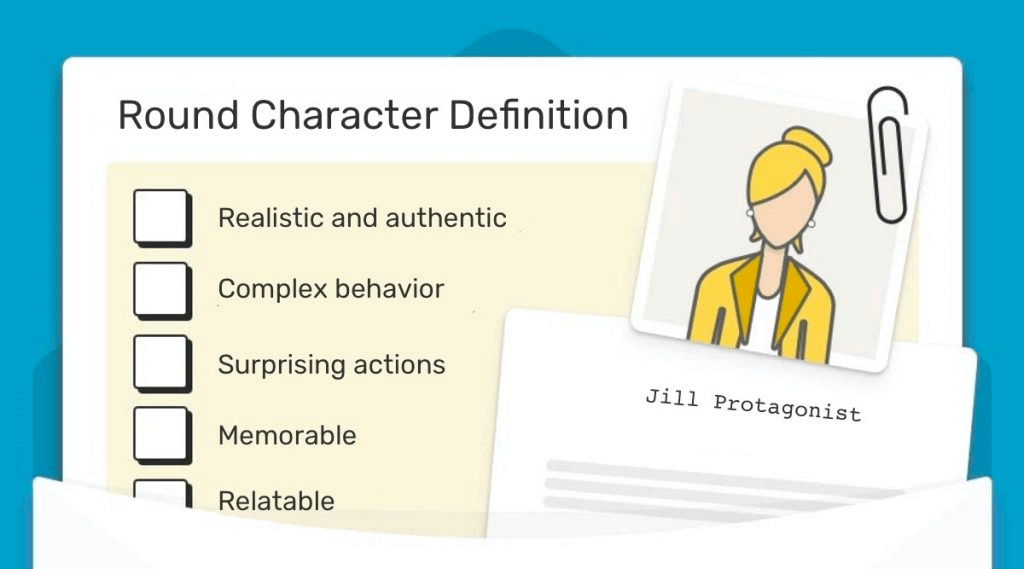
Round characters • How to write female characters
But in place of all of the terms that can indicate a character is lifelike and interesting, we often default to the word “strong.” True, it is not grammatically incorrect to use “strong” to describe a character who has a convincing or credible quality that results in believability.
However, cultural conditioning leads us to a one-dimensional interpretation of this term when applied to female characters specifically: the “strong female character.” This video outlines reasons why this trope is problematic:
What’s Wrong with “Strong” Female Characters? • How to write female characters
Ironically, rather than increasing women’s credibility as real humans on screen, the requirement that women be strong can put them in a personality straitjacket where their real human flaws, contradictions, and yes, weaknesses, are wiped away. In other words, they become flat and stereotypical.
The phrase “strong female character” has in fact led to the creation of female characters who are so unrelentingly strong that we have robbed them of their humanity, and, well, their character.
This tendency in film and television is the origin of the much-maligned, endlessly controversial “Mary Sue,” the indestructibly perfect female lead. The Mary Sue can arguably be said to be an attempt (though a failed one) at giving female characters agency.
But instead, the result is a robotic pillar of human female perfection, who audiences roll their eyes at for their unrelatability. Watch this video below to see some great female character examples who are decidedly not Mary Sue’s.
The Slow Demise of the Mary Sue • How to write female characters
Women are human (yes, it’s true), and humans have flaws. Allow your female characters to be imperfect.
Female character description examples
Lean into complexity
This is similar to our first point, but complexity doesn’t just mean including flaws. Like any good character, women characters should have a myriad of distinct qualities.
And these qualities don’t all have to point in the same direction. Humans are filled with contradictions. A character may want to have a close relationship with her mother, but can’t stop herself from getting into countless arguments with her, like in Lady Bird.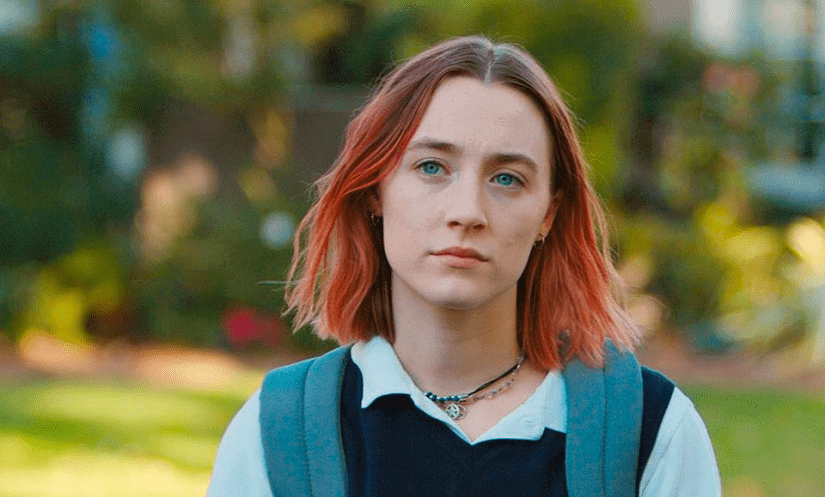
Complexities abound in Lady Bird
Contradictions within a character make them more interesting and more real. Watching a protagonist try to get their dream job might be compelling. Watching them try to do it while also wanting to be there for their ailing sibling certainly will be.
Losing complexity can easily result in a stereotypical character. Female character tropes are legion. Historical examples often lead us to think of classically sexist examples that render women into mere objects of the male gaze. But modern pop culture is littered with out-of-the box female characters: the aforementioned Mary Sue, the Girly Girl, the Likeable Friend, and the Manic Pixie Dream Girl (which by now has even made its way into the actual Oxford Dictionary, despite widespread cultural rejection of it as a term).
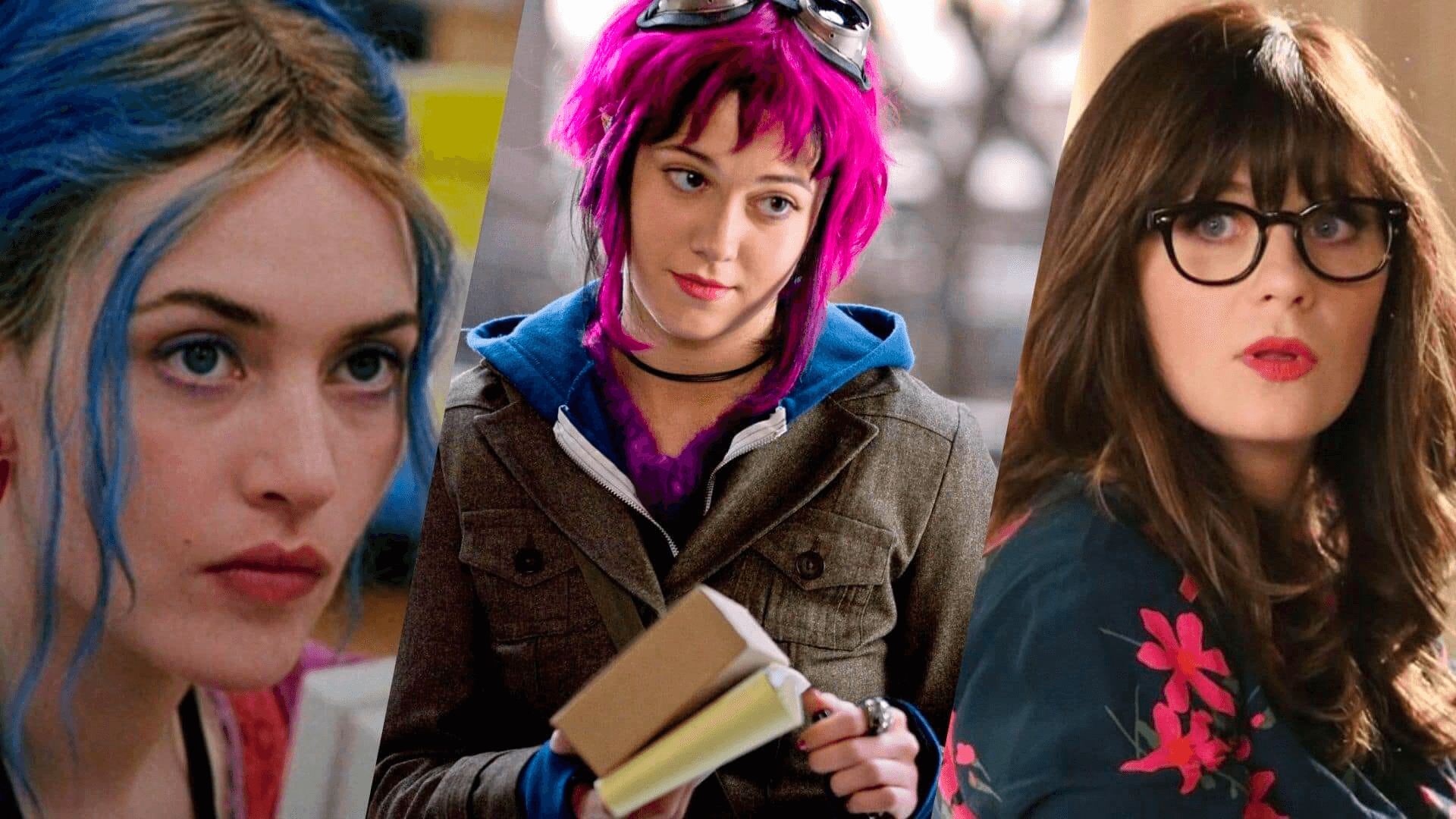
Manic pixie dream girls • How to write female characters
This video outlines a few of these tropes:
Writing a female character • How to write female characters
While male character tropes also abound, it somehow does not escape critics and audiences that tropes who happen to be male are the result of bad writing. But when we try to critique female tropes, what often results in the backwaters of the internet is a rejection of the female character herself, and not the two-dimensional writing that created her.
Thus, even trying to tackle a female trope can create more pop culture sexism, rather than help dismantle it. Ultimately, any shallowly drawn lead female character is the result of writing that did not dig deep enough into the human condition and that comes up short in its depiction of people who are female.
Related Posts
Female Character Description Examples
Flat female characters with a purpose
Stereotypical characterizations of women are best avoided, unless the intention from the beginning was for her to be a flat character. Writing a good mix of round and flat characters is necessary for populating any story and shaping the overall narrative without too many characters cluttering the story.
FLAT CHARACTER DEFINITION
What is a flat character?
A flat character is essentially another term for a one-dimensional character. This is a type of character that lacks complexity, often leans on stereotypes, and can be summarized in a few words. These characters are also called “stock characters.”
However, always defaulting to writing female characters as flat and stereotypical, and always giving male characters the complexity, contradictions, and big mountain obstacles to climb, indicates a lack of imagination at best and at worst, blatant sexism.
Quick tip: if you've named a character Pussy Galore, something went wrong.

Not how to write female characters
If you reflect on your writing and realize you’re relying on female character tropes, you can view it as an invitation to get curious and find threads of human connection which will bring your female characters to life.
Female character description examples
Give her motivation
Great female characters are characters who have an understandable motivation. This doesn’t mean giving a woman a monologue where she explicitly says, “I’m doing this to avenge my dead cat.” It means that, as a writer, you should understand why she is doing what she’s doing.
This often requires knowing your character’s backstory. How did she end up where she is today? What formative moments have made her who she is?
In Millenium Mambo, Vicky stays with her terrible boyfriend Hao-Hao for far too long. Without any backstory, her motivation for sticking with him would strain believability – the audience would lose patience.
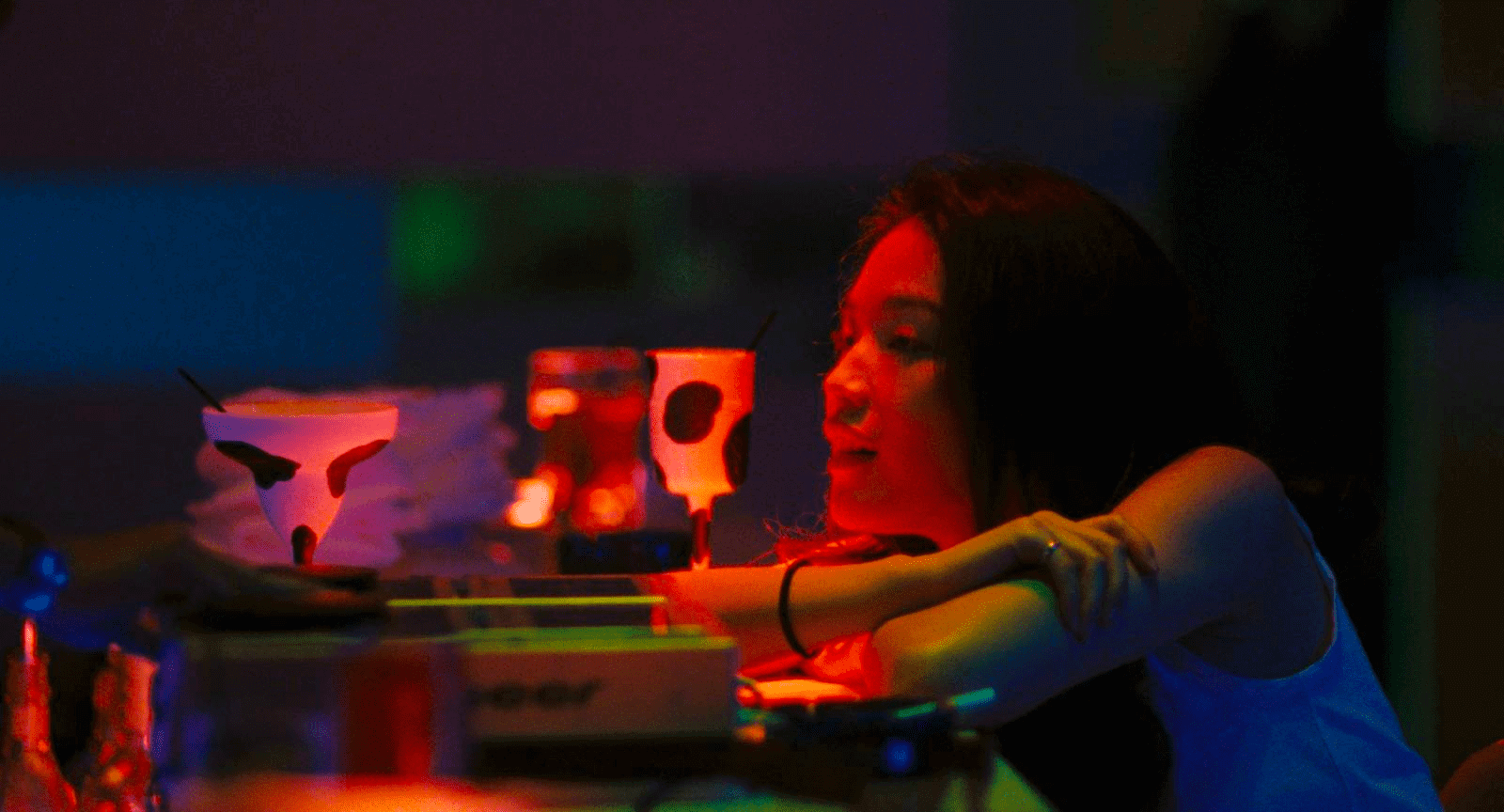
Millennium Mambo
But writer Chu T’ien-wen establishes that Vicky flunked out of high school and she and Hao-Hao have grown up together. Therefore, her leaving him is far more difficult and complex.
If you take a look at underwritten female characters, you’ll typically notice that their motivations are muddled or unbelievable. This can be an Achilles heel for bad horror movies where the Final Girl makes the dumbest possible decisions at all times. Why are they doing what they’re doing? In these cases, it’s just to further the plot and fit in some more scares.
We should emphasize again that character motivation doesn’t have to be explicit. Agnès Varda’s Vagabond follows Mona, whose backstory and motivations are never abundantly clear. But she is still a fleshed-out, compelling character because it is clear Varda understands where Mona is coming from and what her psyche is.

Vagabond
We all have a backstory, and we all have motivations for our actions. So should the women in your screenplay.
Female Character Description Examples
Include a character arc
Protagonists usually have character arcs. In other words, they are not the exact same person in the beginning of the movie as they are at the end. They change.
A good female protagonist is no different. This gets back to the Mary Sue problem. If they’re a perfect, strong person at the beginning of the script, how can they evolve and grow as the story progresses?
A complex character gives a writer numerous opportunities for change. Let’s go back to Lady Bird. She and her mom begin the film at each other’s necks. But by the end of the runtime, the distance afforded by college has allowed Lady Bird to understand a mother a little better, and appreciate her a bit more.
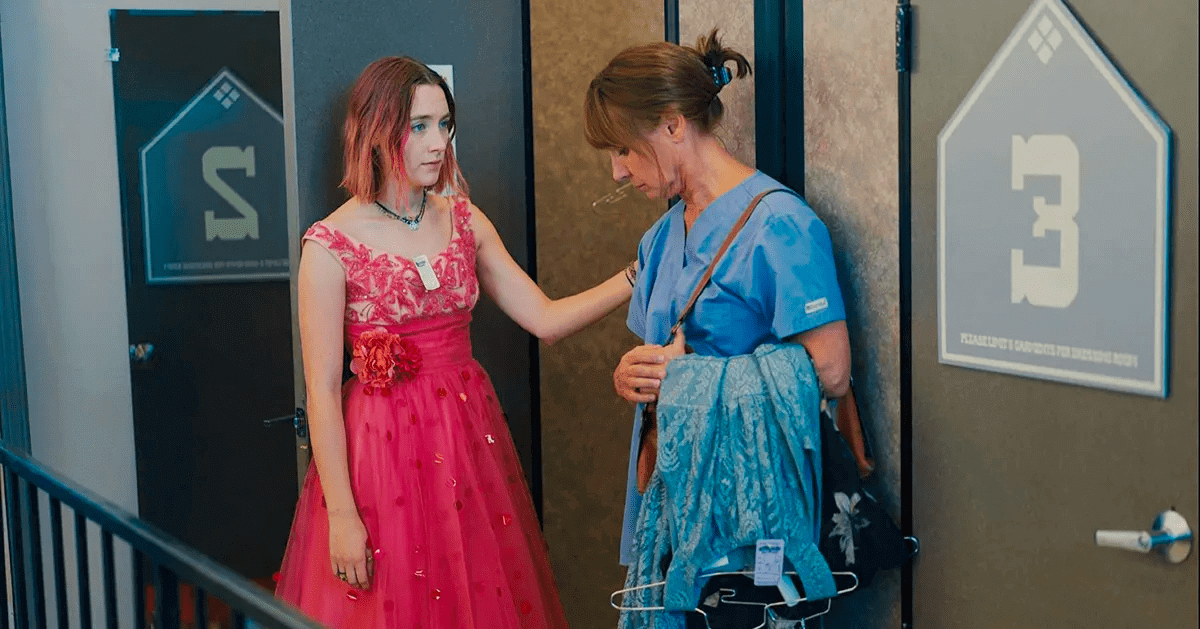
Lady Bird and her mom
Of course, not all female characters need to have character arcs. A minor female character in a screenplay doesn’t need to have an evolution– doing so may take too much time away from the core journey of the protagonist.
Not even all women protagonists need to change. In Female Trouble, Dawn Davenport refuses to grow or learn. That’s what makes her so fun to watch.
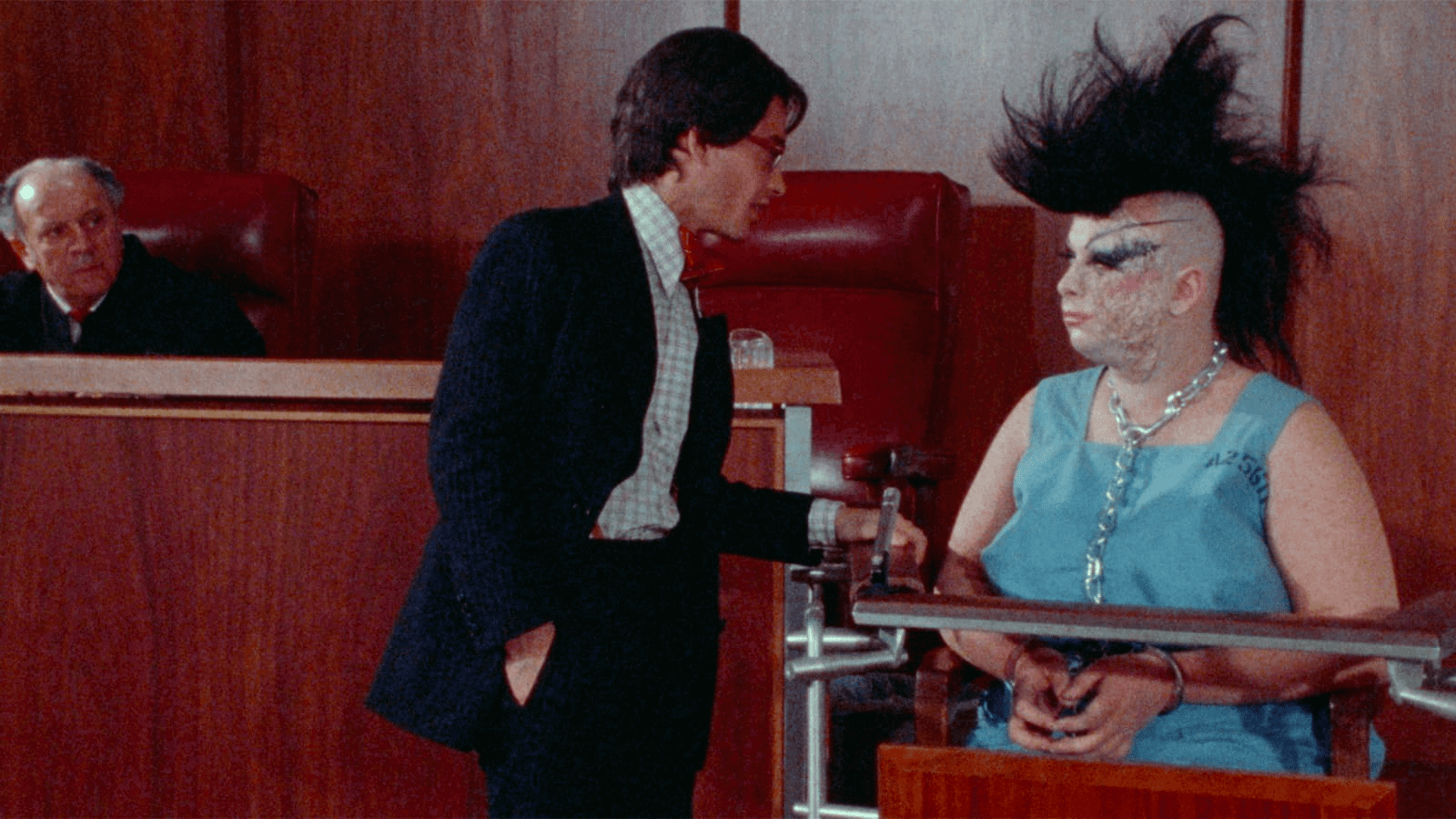
Dawn changes for no one
A character arc should feel organic — it is the natural result of a fully realized character intersecting with the plot. If that doesn’t occur, but your character still feels real and the plot is satisfying, then don’t force it.
Female Character Description Examples
Describe her on her own terms
As we’ve hopefully established, you should know your characters inside and out. So this tip is an exercise to really test the knowledge of your leads.
Try writing ten sentences that describe your female character. Sounds easy– but here’s the twist. Do it without mentioning her relationship to others. For many male writers writing female characters, this may prove to be surprisingly difficult.
Take a look at this very male-written woman from Transformers, which we imported into StudioBinder’s screenwriting software. Here’s the introduction of the main female character of the film:
Female character description examples
What have we learned about Mikaela Banes in this introduction? First, she’s beautiful. Second, she is the object of Sam’s desire. Third, she’s taken.
What does any of this tell us about her personality? Just about nothing. Instead, the description emphasizes her physical appearance and how she is perceived by the men around her.
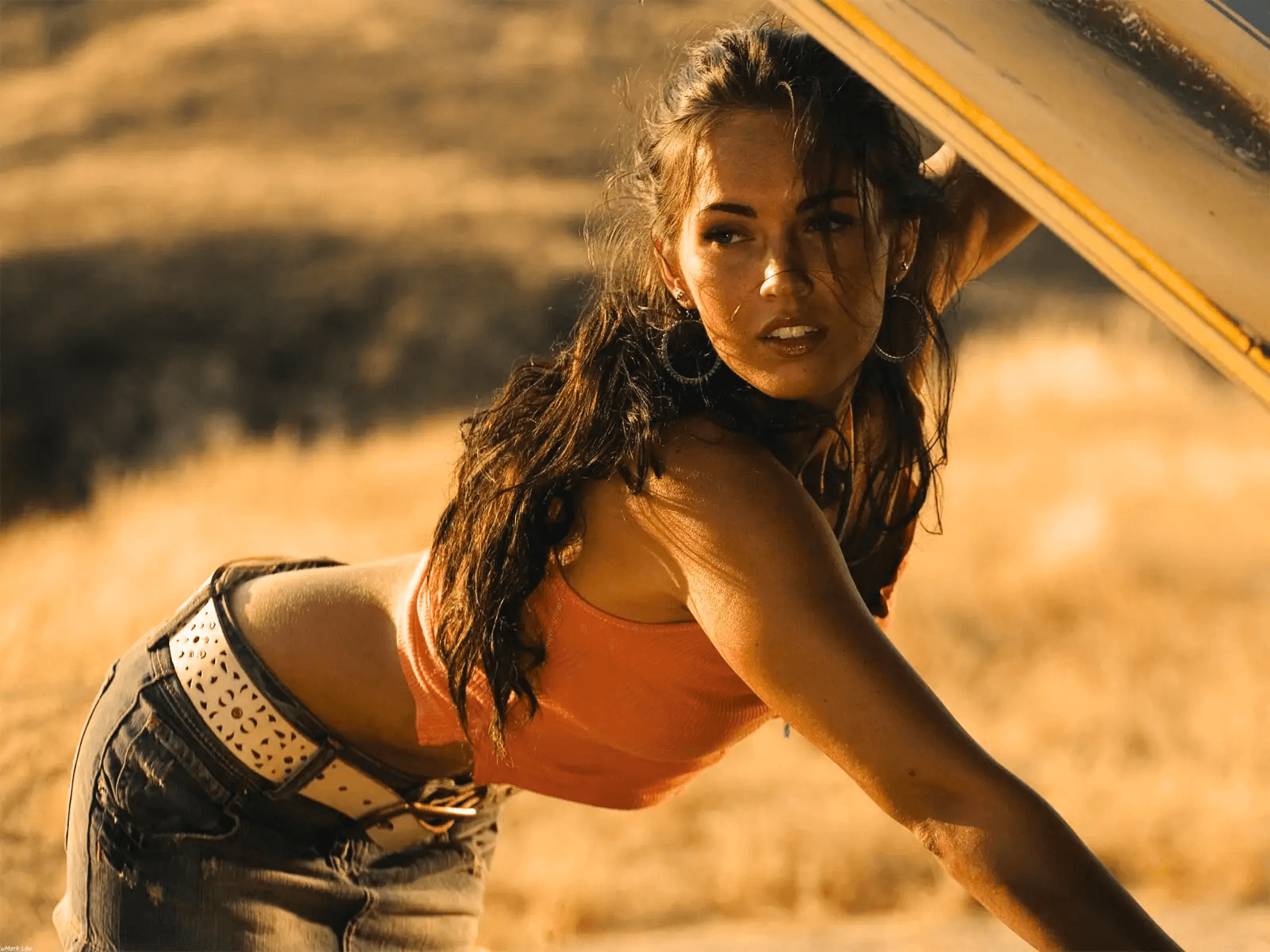
Mikaela • Describing a female character
Megan Fox is a perfectly capable actor (doubters, check out Jennifer’s Body), but there’s pretty much nothing to work with here. The result is a flat character — a big problem, especially since she’s supposed to be one of the lead characters.
Now, let’s look at Phoebe Waller-Bridge’s script for the pilot episode of Killing Eve. She introduces one of her protagonists as such:
Female character description examples • How do you write women so well
This description isn’t reinventing the wheel — it’s short and succinct. But it already has the trappings of a complex character. “A touch of ennui” is a loaded description, and one which the rest of the series mines.
Note, too, that these adjectives are all about Eve’s interiority. This is much more helpful for an actor, especially someone like Sandrah Oh, who thrives in the subtle contradictions within a character.
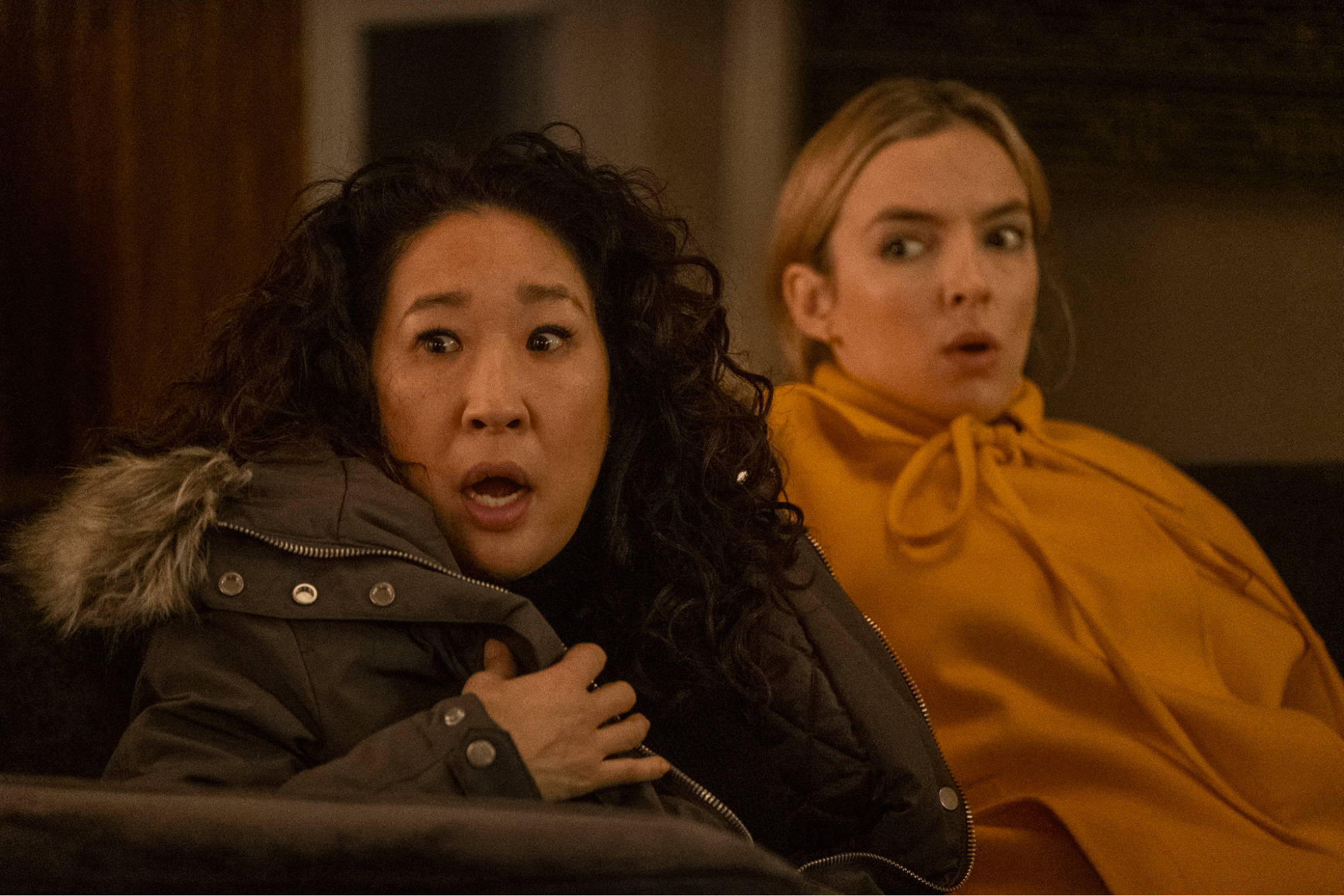
Killing Eve • Describing a female character
Of course, this doesn’t mean you can’t mention a female character’s physical appearance. Outward appearance can be just as crucial to a character, male or female, especially in film. But if you’re relying on something as boring and rote as “beautiful but doesn’t know it,” it’s time to go back to the drawing board: you may not have a good grasp on your character.
Phoebe Waller-Bridge is the master at character descriptions. The more you can envision who this female character is, what motivates her, and where she is headed, the more compelling any story involving her will be. To dig deeper into how to develop a compelling character arc, check out our video below:
Develop Stronger Characters • Women writing
Up Next
Women in Hollywood
Now that you know how to write female characters, are you in need of some further inspiration about female characters and women in Hollywood in general? Though this is not to say male screenwriters and directors cannot write nuanced and believable female characters, female creatives might have a better shot at this since they have more life experience to pull from. With more female directors working than ever before, the picture for women in Hollywood is changing. Check out our compendium of noteworthy female directors today.
